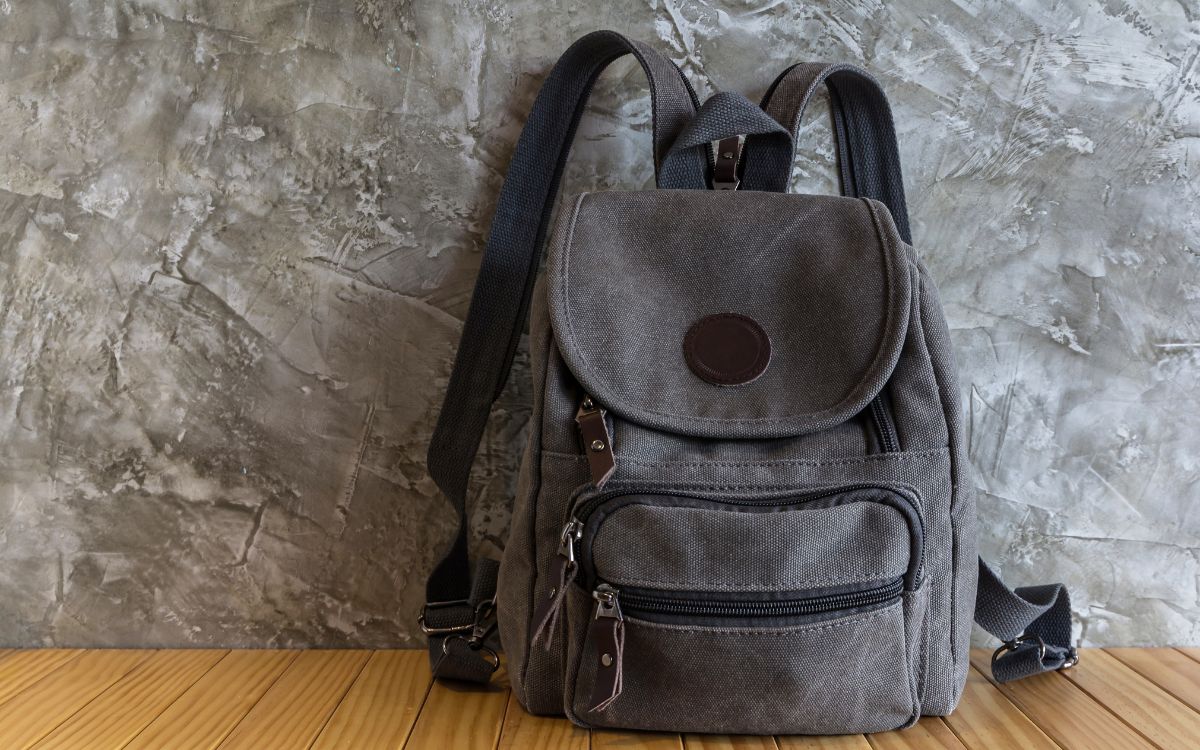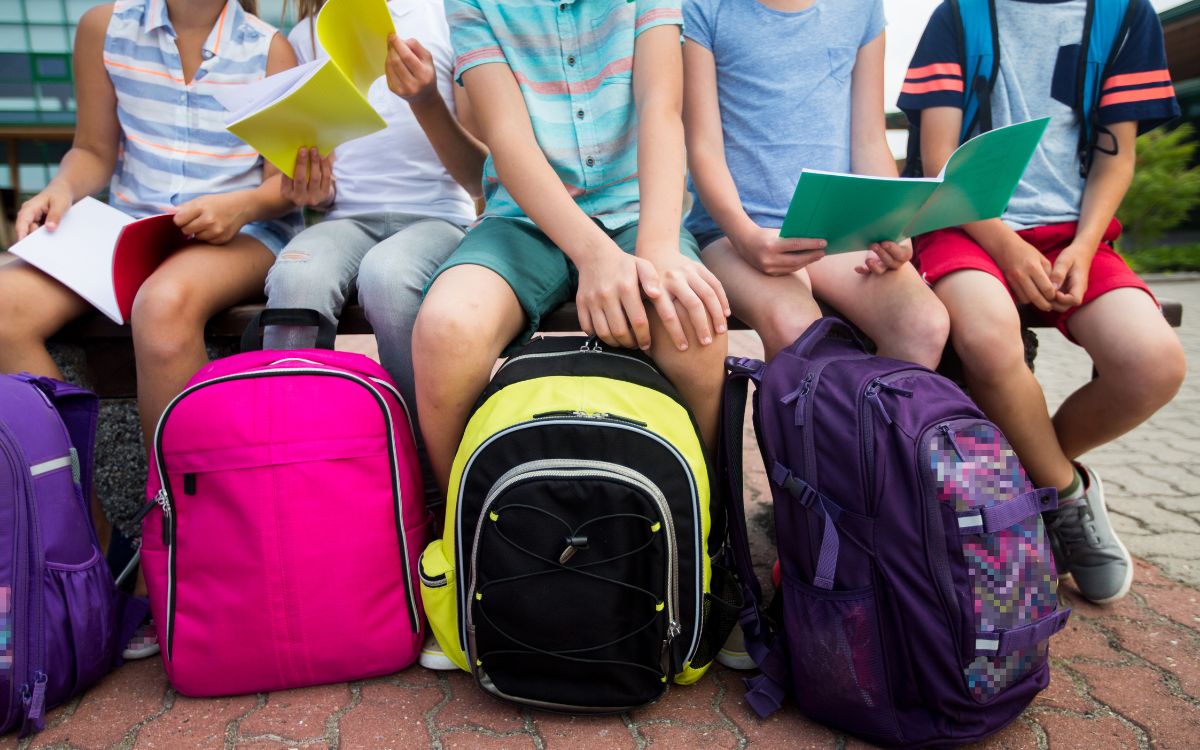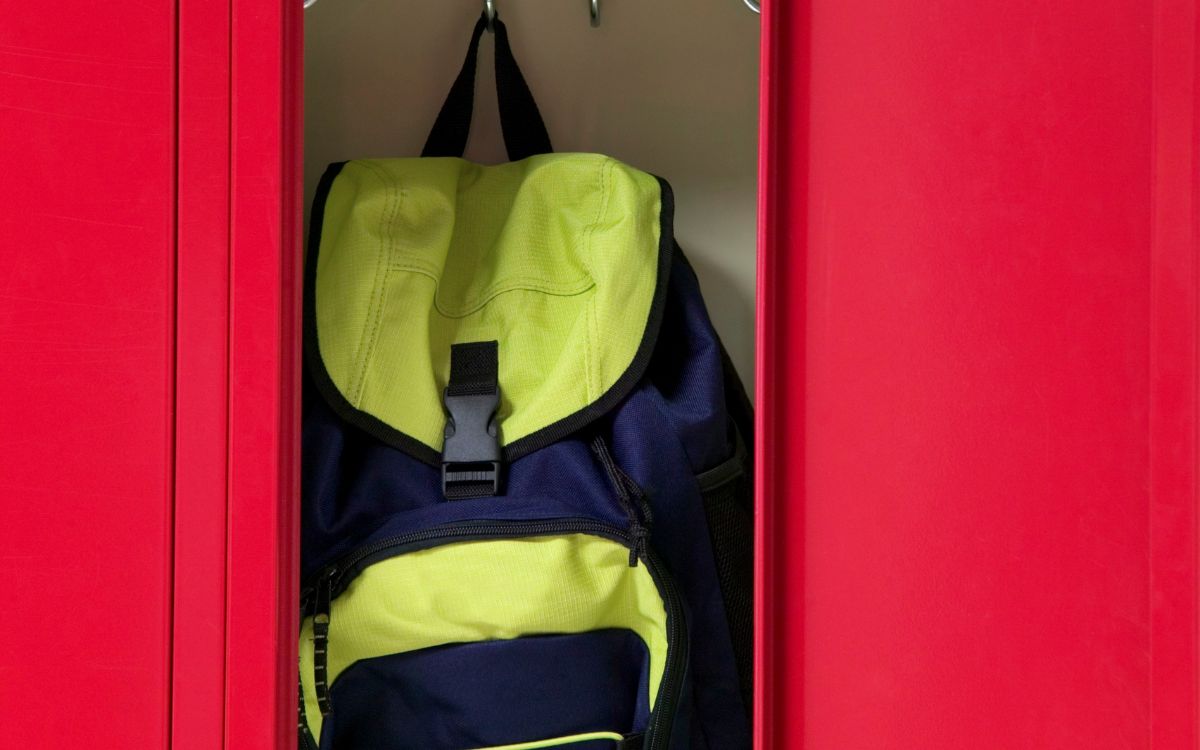Practical problems call for practical solutions. When students attend school, they have a variety of materials they’ll need in order to learn efficiently. Generally, they’ll carry all of these supplies in a book bag or backpack – and picking out a new backpack can sometimes be a highlight for the new school year. Some schools have started taking action against this typical school supply, however, leaving some wondering, why are schools banning backpacks?
In short, some schools are starting to ban backpacks as a safety measure. Backpacks are sometimes viewed as potential safety issues, as they can conceal dangerous objects such as guns, drugs or other weapons. Aside from safety reasons, some administrators and medical professionals believe that backpacks can be harmful to a student’s physical development and posture, and are therefore taking measures to banish the school supply.
History of the Backpack

Carrying heavy stacks of books wasn’t always convenient. “Book bags” didn’t even come along until the 19th century. Originally, students toted the few books they had – most likely a notebook and books for reading, writing and basic arithmetic – with a leather strap bound around the stack and the slack as a handle. Think of it as winding your belt around your textbooks and carrying them into school. It’s easier than carrying them separately, but not as convenient as having two free hands.
Now, this does not mean that backpacks had not been invented yet. They just were not used in a school setting. “Backpacks,” in many different forms, have seemingly been around as early as 3300 B.C. and were made of a variety of materials, including animal fur, canvas or even a combination of birch bark and soft fabric. Whether called knapsacks, bindles, satchels or book bags, they all served the same purpose: convenience.
Before becoming such a hot commodity in the school supply industry, these packs were primarily used for exploration, military and recreation. Backpacks didn’t show up in classrooms until closer to the 1940s when the war was coming to an end, people were putting more energy into education and materials were more readily available. They became a staple school supply – even included on back-to-school lists – around the 1980s and today have become not only a source of practicality, but also one of expression. Commercialization has stormed the backpack industry, with students now seeking packs showcasing their favorite fictional characters or patterns and colors.
Reasons Behind the Ban

So why are schools banning backpacks? The reason that most likely comes to mind is safety. In light of a historical string of tragic school events, some administrators are taking action within their power to keep students safe. Backpacks have been used to carry everything from books and pencil cases to weapons, alcohol and drugs. While banning backpacks certainly won’t keep determined individuals from trying to transport harmful materials, it can make it more difficult for them to do so and therefore possibly help improve safety measures.
Safety is not the only reason some schools are banning backpacks, however. Many issues can be tied to student and staff well-being. The more supplies and books students are assigned, the larger backpacks must be and the more space they take up. Some schools declare that this makes backpacks too cumbersome as they crowd the halls, classrooms and lockers. This added clutter can also become a safety issue for everyone, particularly students and staff who may have mobility issues.
Additionally, many medical professionals have recommended backpack alternatives due to health reasons. Backpacks can contribute to both poor posture and muscle strain – particularly when they are packed too heavily or carried incorrectly (such as slung over one shoulder or pulled too tight). Some might solve this issue by using backpacks with wheels, however, many schools have also banned those unless absolutely necessary for the student.
Other Simple Items Banned Over the Years

Backpacks aren’t the only seemingly innocent school supply to get cut over the years. Safety concerns can be found in a variety of places if people look for them. Of course, as items continue to be banned for various reasons, it is important to realize that students cannot be shielded from everything. We do have a responsibility, however, to implement safe practices to the best of our abilities, and that looks different for different schools and districts. Other items and activities that have been permanently or temporarily banned include:
- Red ink
- Ugg boots
- Bottled water
- Dodgeball
- Tag
- The dictionary
- Hoodies
In many cases, these bans have been on a small scale or have since been overturned. For example, in the case of the dictionary, a parent in Murrieta, California complained that dictionaries should be banned from fourth -and fifth-grade classrooms due to it having references to oral sex. Teachers and administrators soon overturned this ban with a vote to bring dictionaries back and a compromise by sending home permission slips for student access. In 2016, this issue was resolved further with the publication of the first kid-friendly dictionary.
What States Have Banned Backpacks?
Backpacks have been banned in some schools as early as 2015. Instead of large packs, students were permitted to carry small purses or lunch boxes – mimicking more of an airplane carry-on approach than a luggage check. Of course, this ban was for safety reasons, not weight limits. Who has jumped on board the backpack ban? A few districts in these states have made this decision:
- Florida
- Ohio
- Idaho
- Texas
- New York
And while students can understand the need for safety, many have no doubt become frustrated with these restrictions. With the majority of students using them responsibly, getting rid of backpacks can cause unnecessary issues. In addition to books, students are tasked with purchasing an entire list of items:
- No. 2 pencils
- Notebooks
- Rulers
- Erasers
- Highlighters
- Wipes
- Ziplock bags
Depending on grade level, this list can be longer or shorter. Even if students have lockers (and not all do), they must have a way to transport their necessary supplies in order to be prepared for class and enhance their learning.
What Have Been the Alternatives?

How will schools solve this issue? Well, many have opted to allow students alternatives to backpacks, with some going so far as to make it a fun activity by having “anything but a backpack” days to see what students’ creativity brings to light. Items used in these instances may fall short of the same safety requirements as backpacks, but they undoubtedly lifted student morale with some bringing coolers, microwaves, shopping carts or strollers.
On a more serious note, while some keep these alternatives, some schools have simply banned any bags altogether, telling students to put their books in their locker and have their teachers assist them where needed. This can negatively affect funding, as teachers will need more classroom supplies and storage to make up for the lack of student-provided supplies. Other approaches to backpack bans include:
- Clear backpacks only
- Backpacks allowed, but must be stored in locker throughout the day
- Security check upon entering the school
While no one is sure of the best way to navigate backpack bans, everyone can agree on one thing: Students must be kept safe. There are a multitude of ways to implement this, and we will certainly keep doors open for new tactics where students are allowed to be themselves without the practical worries of material transportation or the threatening worries of school safety.
Final Thoughts
In conclusion, schools are banning backpacks for a multitude of reasons. All motives for this practice seek to benefit the student – though some may find it damaging. As school districts continue to navigate the improvement of our educational system, teachers, parents and students continue to follow best practices to the best of their abilities. And whether that’s done using a shopping cart or a stroller, students will continue to learn in the classroom.
Related Articles
- What Are the Pros and Cons of School Uniforms?
- What Are the Pros and Cons of Teachers Carrying Guns in School?




